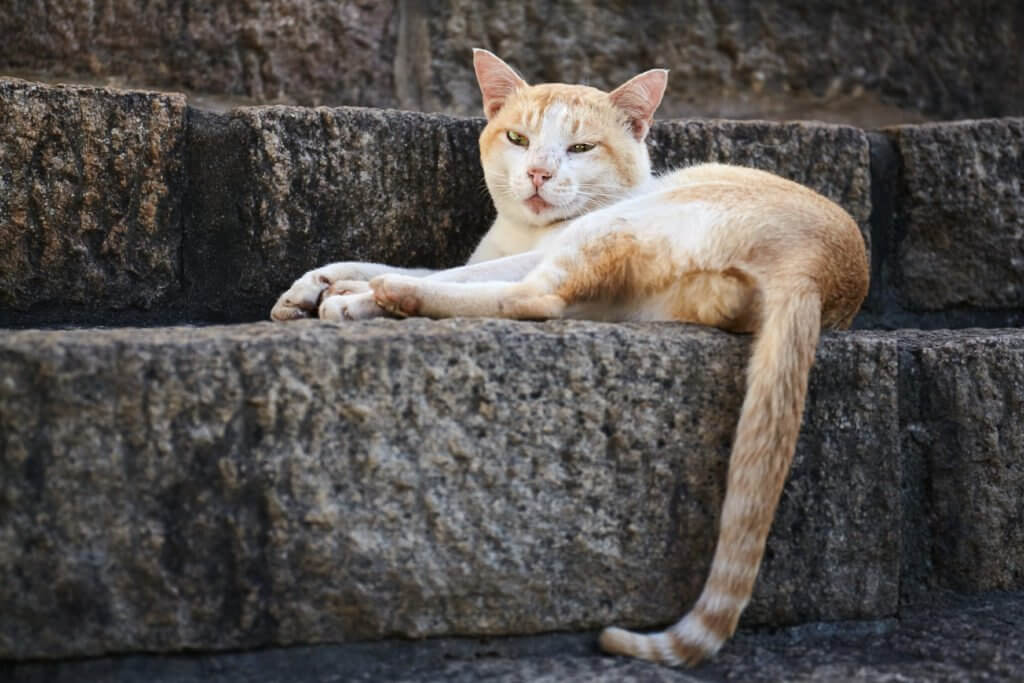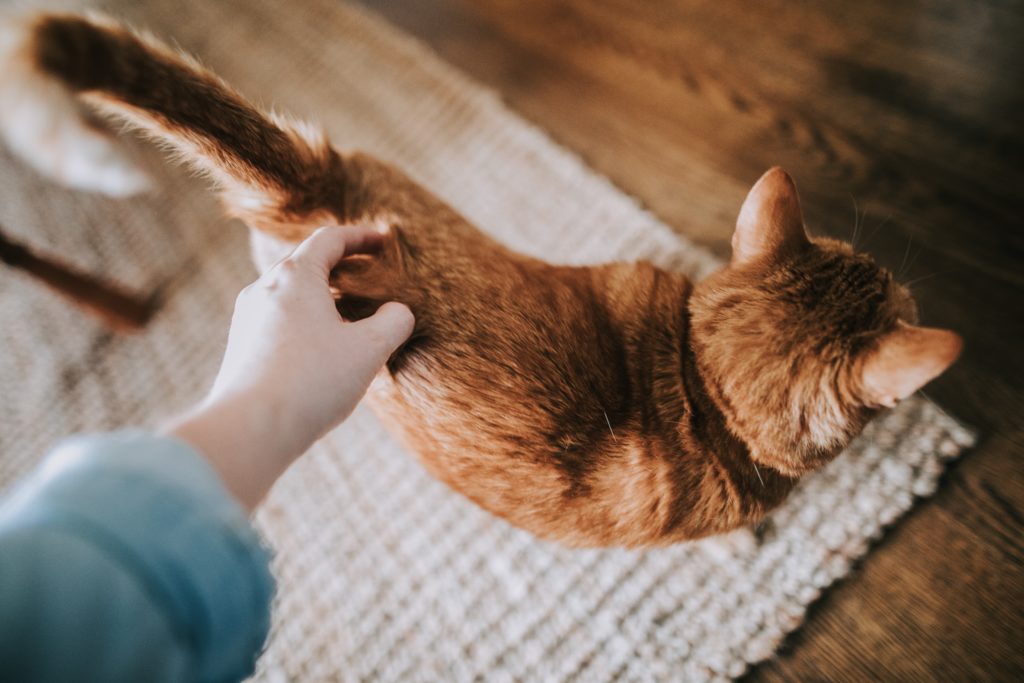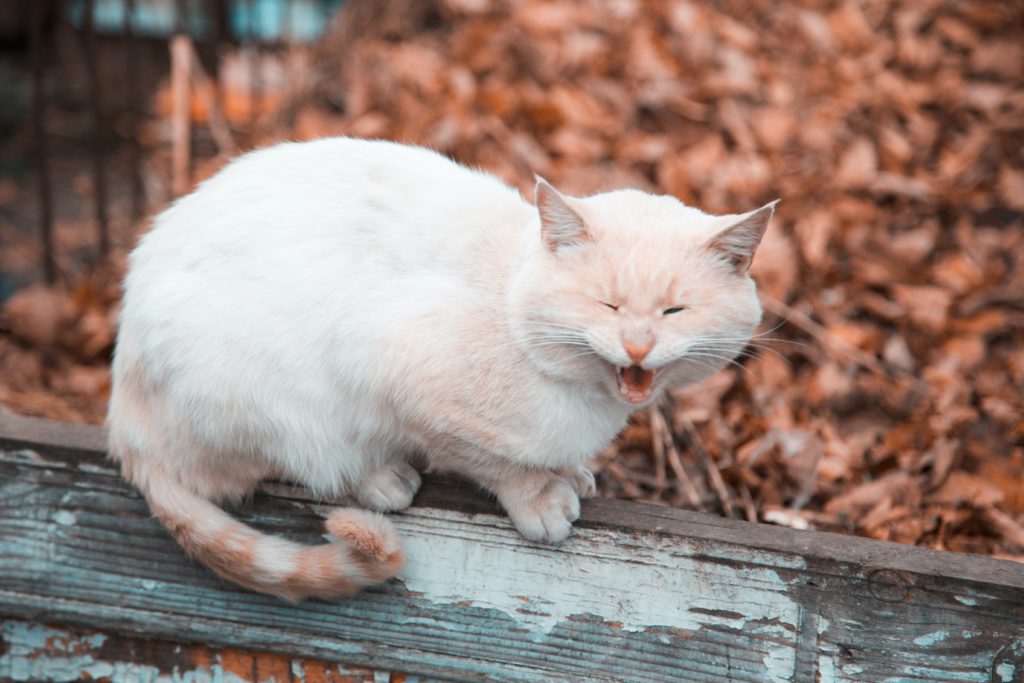Cats have a reputation for being unpredictable and difficult to
read, but this couldn’t be further from the truth. In reality, cats are very
expressive creatures but the way they show their feelings is more subtle than
their canine counterparts – especially when it comes to their tails. This means
that people often miss, or misunderstand, what cats are trying to tell them.
To help you better understand what your cat’s tail is
communicating, we’ve put together a short guide.
The basics of cat body
language
Cats communicate their thoughts and feelings with us in four
ways: their eyes, their ears, their body, and their tail. Even if you’ve never
owned a cat, you’re probably familiar with at least some of the ways that they
communicate through body language – especially when it comes to negative
emotions. For instance, the “Halloween cat” arched back means a cat is scared,
ears pinned back to their head means they’re unhappy, wide eyes and dilated
pupils means that they’re very focused on something.
What helps with understanding the body language listed above, is
the fact that much of it overlaps with other animals’ body language, such as
dogs. When a dog is unhappy it pins its ears back and when they’re focused on
something their pupils tend to dilate.
Things get a bit more complicated when it comes to a cat’s tail,
however. If we were to assume that this is just another limb that uses similar
body language to dogs, then we would think that a cat with a wagging tail is
happy. But in reality, this couldn’t be further from the truth.

What is my cat’s tail
trying to tell me?
Your cat’s tail is one of their most expressive body parts, so
it should be the first place you look when trying to determine how they feel.
Let’s take a look at what your cat’s tail will do when they’re feeling the
following emotions:
- Calm and happy: Their tail
will be upright, sometimes moving back and forth slightly or with the tip bent
in the shape of a question mark.
- Alert or
curious: Their tail will be straight up with only the tip moving back
and forth.
- Excited: Their tail will
be on an angle, moving back and forth. They often do this when they’re getting
ready to pounce on or chase a toy.
- Nervous or
unsure: Their tail will be up at a 45-degree angle or straight out,
almost level with their spine. It may also be moving back and forth similar to
when they’re excited, so you’ll need to look at their ears and eyes for more
context.
- Angry: Their tail will
be swishing back and forth very quickly. This is often what people
misunderstand as happy behavior because it looks similar to a dog wagging its
tail.
- Aggressive: If their angry
tail warnings are ignored, they will angle their tail down at a 90-degree angle
with a dip near the base – this is the last warning before they’ll lash out.
- Scared: If they are
frightened their tail will either be high and puffed out to try and make
themselves look bigger, or they’ll tuck their tail under or around their body
to try and appear as small as possible. Tucking their tail can also be a sign
that they’re in pain, so if you notice them doing this regularly, schedule an
appointment with your vet.
To fully understand how your cat is feeling you’ll want to look
at the ‘bigger picture’ – including the rest of your cat’s body language and
their current environment – but as you can see their tail is a great overall
indicator of their feelings.

What can I do if my
cat’s tail is telling me something is wrong?
Based on what we’ve learned about our cat’s tail, you should be
able to quickly identify if they’re trying to tell you something is wrong. If
you notice them holding their tail in a down and tucked or up and flicking
motion, then the first thing you should do is assess the environment. Is there
something nearby that could be upsetting them, such as another animal or
unfamiliar object? If this is the case, try and remove the culprit from your
cat’s immediate area.
If this isn’t possible – say they’re startled by an unfamiliar piece of furniture – then try and redirect your cat’s attention away from the object. Use their favorite toy, treat, or Freshpet recipe as a way to distract them and refocus their attention on something positive and slowly move them away from whatever is scaring them. Just be careful about picking them up as a way of removing them from the situation, as they may find it overwhelming and lash out.
In both of these situations, your cat’s tail should return to a
relaxed and happy position when the upsetting object is removed. If you notice
that your cat’s tail is flicking or showing another upset body language on an
ongoing basis, schedule a call with your vet as this could be a sign of injury
or illness.

We hope that this article helped you to break down the cattitude
and better understand what your cat’s tail is telling you!


























